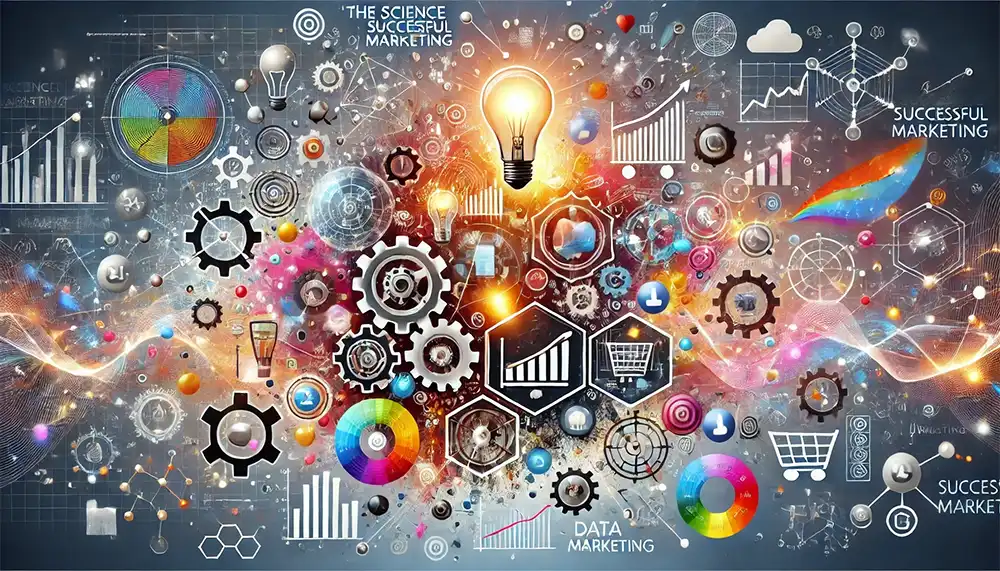
Table of Content
- The Psychology of Persuasion
- Data: The Secret Weapon
- Neuromarketing: Reading the Customer’s Mind
- The Role of Emotions in Marketing
- Social Proof and the Bandwagon Effect
- A/B Testing and Experimentation
- SEO and Content Marketing
- Humor in Marketing: Why it Works
- The Future of Marketing Science
- Conclusion
Marketing isn't just about catchy slogans and flashy logos; it's a finely tuned orchestra where science and creativity play together. In this article, we'll explore the fascinating science behind successful marketing, breaking down concepts with a touch of humor and a serious focus on what works.
1. The Psychology of Persuasion
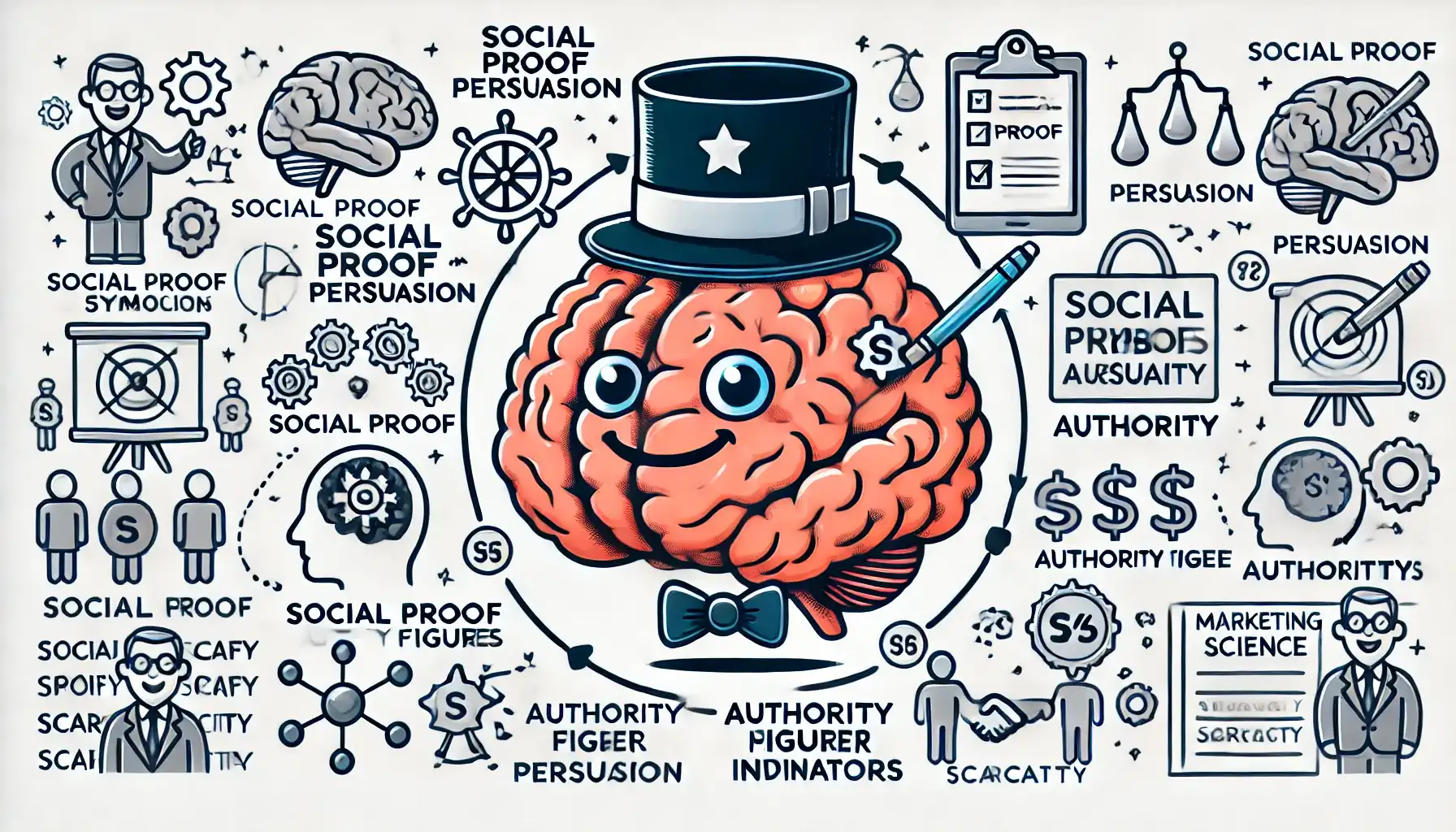
Why Your Brain is Wired for Marketing
Ever wonder why you suddenly need a gizmo you’ve never heard of? Thank you, Dr. Cialdini! His principles of persuasion are more than just a marketing Bible; they're a roadmap to your wallet.
- Reciprocity: You scratch my back; I'll buy your product.
- Commitment: Say yes once, and you'll say yes again.
- Social Proof: If everyone’s doing it, why shouldn’t you?
- Authority: Trust the experts, even if they’re just good at sounding expert-y.
- Liking: You buy from people you like; it’s why salespeople smile so much.
- Scarcity: Limited edition, because who doesn’t want what they can’t have?
Using these principles is like Jedi mind tricks, but with fewer lightsabers and more credit cards.
The Science Part:
Persuasion taps into your brain's shortcuts, thanks to our friend, the amygdala. When faced with a decision, your brain defaults to what feels easiest or most familiar. Marketers play on these shortcuts to nudge you towards that "Add to Cart" button.

2. Data: The Secret Weapon
From Big Data to Big Bucks
Data isn't just numbers; it's the crystal ball of marketing. Companies aren't stalking you (much); they're just very interested in your likes, dislikes, shopping habits, favorite pizza toppings, and that weird 3 AM Google search for "can dogs eat spaghetti?"
How Data Drives Marketing Success:
- Customer Segmentation: Divide and conquer. Know your audience by splitting them into smaller, more manageable groups.
- Predictive Analytics: Who doesn't love playing fortune teller? Predict what your customers want before they even know.
- Personalization: Tailor-made experiences, because no one wants to feel like just another face in the crowd.
- Real-time Feedback: Adjust on the fly; think of it as the marketing version of a mid-game pep talk.
The Science Part:
Data analysis uses algorithms that would make your math teacher proud. It’s all about identifying patterns, making sense of chaos, and turning insights into actions. Think of it as solving a Rubik’s cube while juggling.
3. Neuromarketing: Reading the Customer’s Mind
No Crystal Ball Required
Neuromarketing sounds like something from a sci-fi movie, but it's very real and very effective. It’s about understanding what makes your brain go "Ooh, shiny!" and then capitalizing on that reaction.
Techniques That Seem Straight Out of a Spy Movie:
- Eye Tracking: Figure out what catches your eye, literally.
- Facial Coding: Decode those expressions that say, “I want that!”
- Biometrics: Monitor heart rate to see what gets pulses racing (hopefully not just the prices).
- EEG: Measure brain waves to understand engagement, because nothing says “I’m listening” like a wired-up brain.
The Science Part:
Your brain reacts to stimuli in milliseconds. Neuromarketing taps into the limbic system, the part responsible for emotions and memories, to understand why you might choose Brand A over Brand B. It’s like having a conversation with your subconscious.
4. The Role of Emotions in Marketing
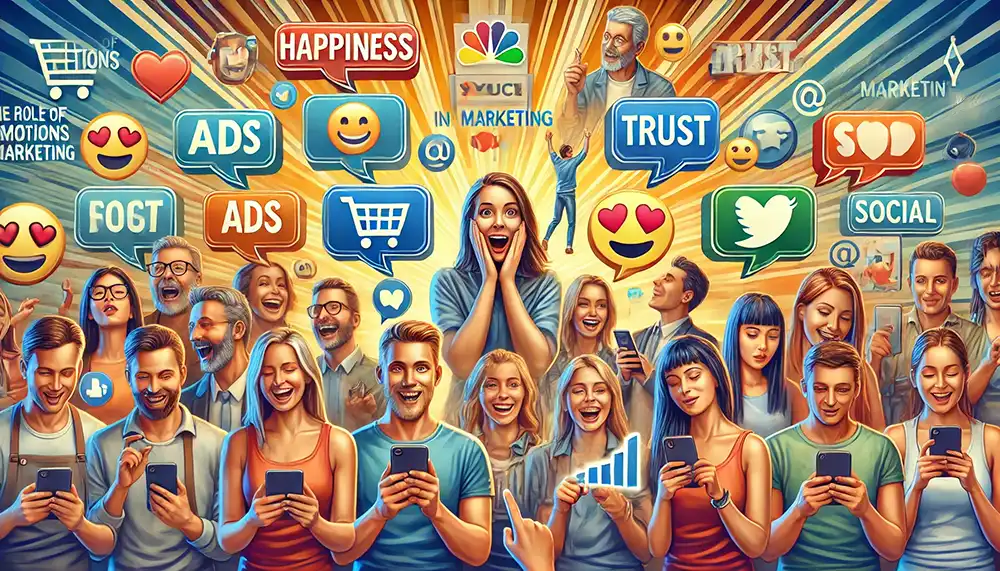
Tugging at Heartstrings and Purse Strings
Emotions drive decisions, whether it’s love for a puppy or hatred for a pineapple on pizza. The trick for marketers is to make you feel something - anything!
- Happiness: Happy customers are more likely to open their wallets.
- Fear: Scare tactics work, but use them sparingly unless you're selling insurance or horror films.
- Anger: A fiery customer is an engaged customer.
- Sadness: Empathy sells, especially in charity campaigns.
- Surprise: Keep them guessing; surprises are delightful in gifts and advertising.
The Science Part:
Emotions are processed in the prefrontal cortex, which plays a significant role in decision-making. When an advertisement makes you feel something, it triggers a chemical reaction that can lead to purchase decisions.
6. A/B Testing and Experimentation

Like a Science Experiment, But with More Sales
Want to know what works best? Test it! A/B testing is the marketer's lab coat moment, where hypotheses meet reality.
- Headlines: Does “Click Here!” beat “Don’t Miss Out!”?
- Images: Puppies or kittens? (Always a tough choice)
- Calls to Action: “Buy Now” vs. “Shop Today” - the battle of urgency.
- Layouts: Minimalist or colorful chaos?
The Science Part:
A/B testing relies on the scientific method: formulate a hypothesis, conduct an experiment, and analyze the results. By isolating variables, marketers can pinpoint what clicks with consumers - literally.
7. SEO and Content Marketing
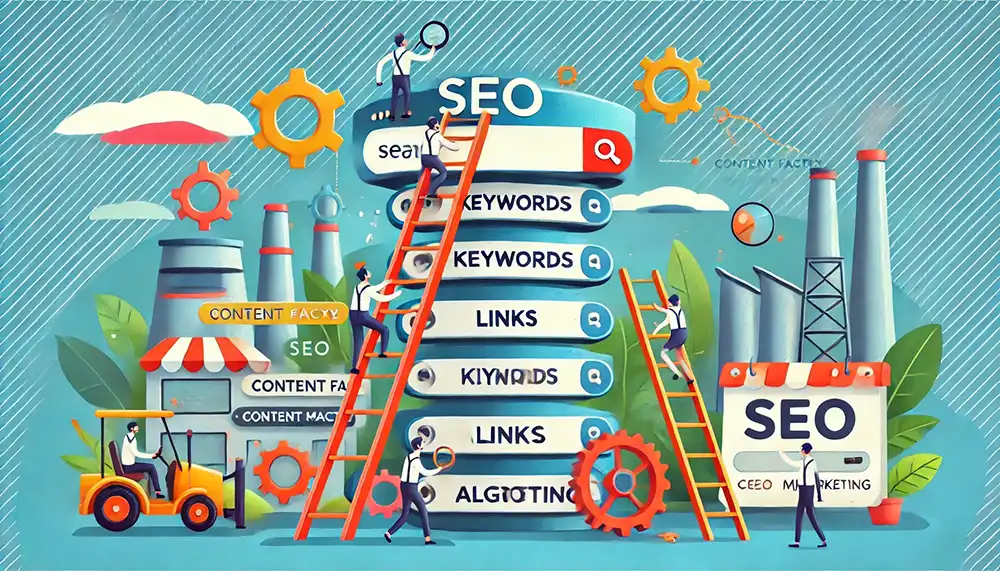
When Algorithms Meet Creativity
SEO isn’t just keyword stuffing (though we all miss the days of jamming in “cheap sunglasses” 50 times). It’s an art and a science that’s essential for any successful marketing strategy.
- Keyword Research: Find out what people are searching for, and then give it to them.
- Content Creation: Write with purpose; nobody’s got time for fluff (unless it’s marshmallow).
- Link Building: Create connections, not just backlinks.
- Analytics: Measure, adjust, repeat.
The Science Part:
SEO uses algorithms that constantly evolve. It’s like a chess game where Google is your opponent, and they change the rules whenever they feel like it. Stay ahead by understanding updates, user intent, and the art of quality content.
8. Humor in Marketing: Why it Works
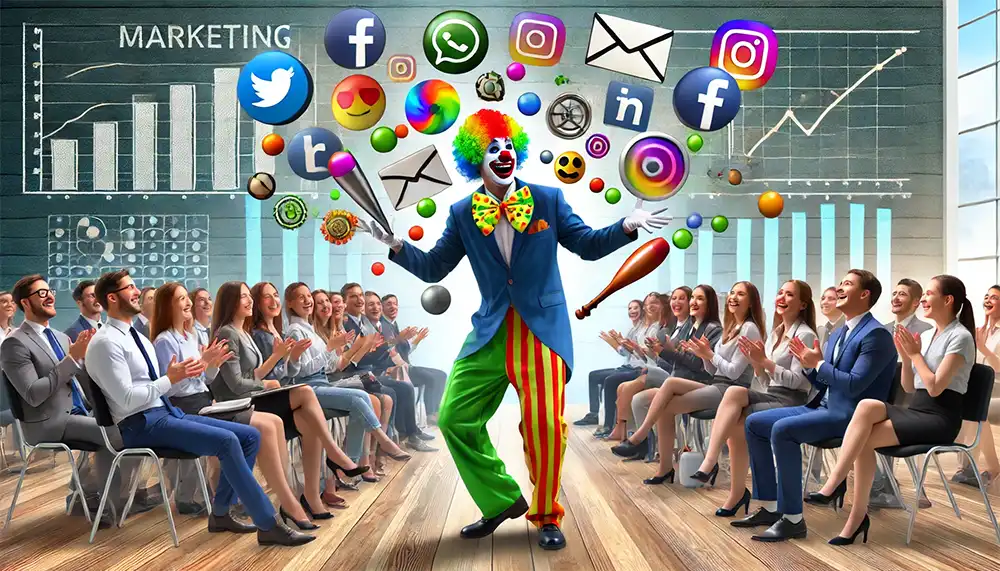
Making Customers Laugh All the Way to Checkout
Who doesn't love a good laugh? Humor is a powerful tool that can turn an ordinary brand into a beloved one. It's like the chocolate chips in your marketing cookie.
- Relatability: Make them laugh, and they'll feel connected.
- Memorability: Funny campaigns stick like glue, or a stubborn sticker on your new laptop.
- Virality: Shareable and delightful, because who doesn’t share a good chuckle?
- Risk: A bit of daring never hurt anyone, except maybe that one time with the whoopee cushion.
The Science Part:
Humor releases dopamine, the feel-good neurotransmitter, which makes customers feel positive about your brand. It’s why people still talk about that one funny Super Bowl ad from years ago.
9. The Future of Marketing Science
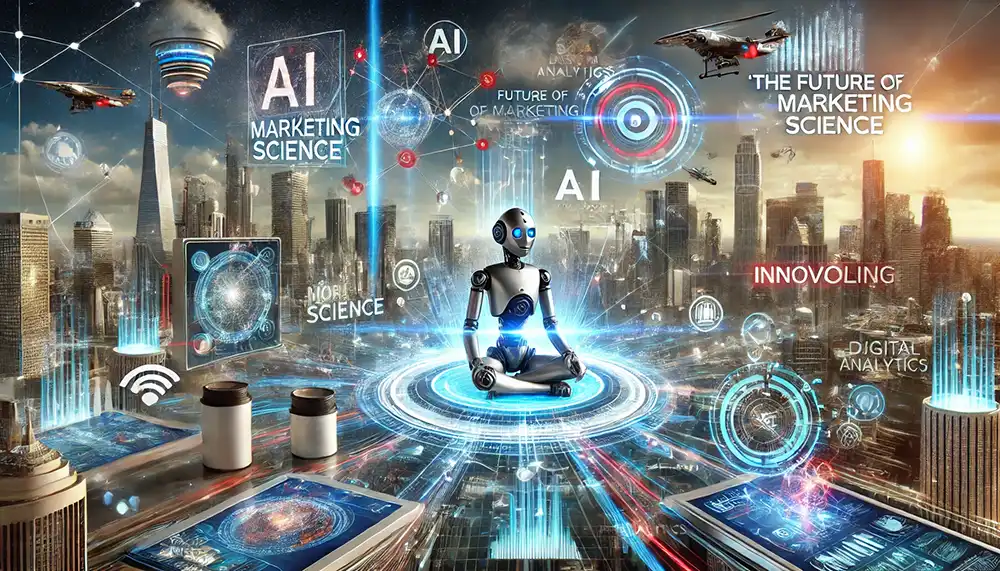
What’s Next in This Ever-Evolving Field?
Marketing is a constantly evolving beast, with new technologies and trends shaping its future. Here’s a glimpse of what’s on the horizon:
- AI and Machine Learning: Personalization at a level so personal, your brand might know your favorite coffee.
- Augmented Reality (AR): Try before you buy, but with holograms.
- Voice Search: “Hey Siri, find me a marketing article that’s both funny and informative.”
- Sustainability: Green is the new black; consumers demand eco-friendly brands.
- Ethical Marketing: Transparency and trust are more than just buzzwords; they're necessities.
The Science Part:
The integration of AI and machine learning into marketing strategies allows for unprecedented levels of personalization and efficiency. The future is a blend of technology, ethics, and innovation.
10. Conclusion
Wrapping Up Our Journey Through Marketing Science
From understanding the psychology of persuasion to leveraging data and neuromarketing, successful marketing is a blend of art and science. Whether you’re a marketer looking to up your game or just someone trying to understand why you bought that thingamajig, the science behind marketing is as fascinating as it is effective.
With the right mix of creativity, data, and a dash of humor, marketing can be more than just selling products; it can be about creating experiences, building relationships, and yes, even making the world a slightly happier place.
Remember, the next time you’re caught in the web of a cleverly crafted marketing campaign, you’re not just a customer; you’re part of a grand experiment in human behavior.
Bonus Tips:
- Always be Testing: Marketing is about constant experimentation. Never stop testing and learning.
- Stay Updated: The marketing world changes faster than a cat video goes viral.
- Embrace Creativity: Science provides the tools; creativity makes them shine.
- Have Fun: Because what’s the point if you’re not enjoying the ride?
In conclusion, marketing isn't magic; it's a well-oiled machine with science at its core. It’s about understanding what makes people tick, why they make decisions, and how you can create value in their lives.
Here's to successful marketing – may your campaigns be ever in your favor!


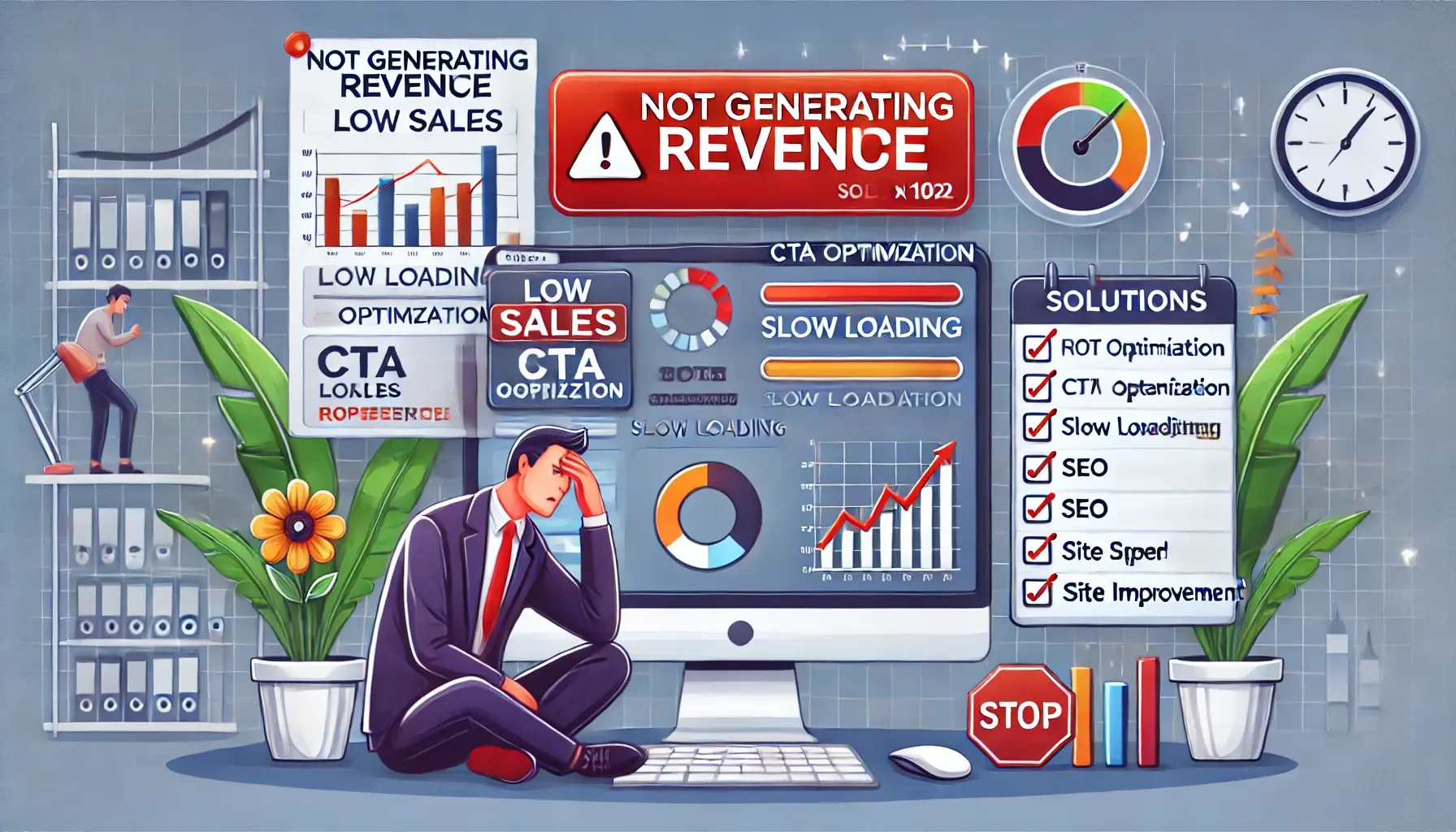
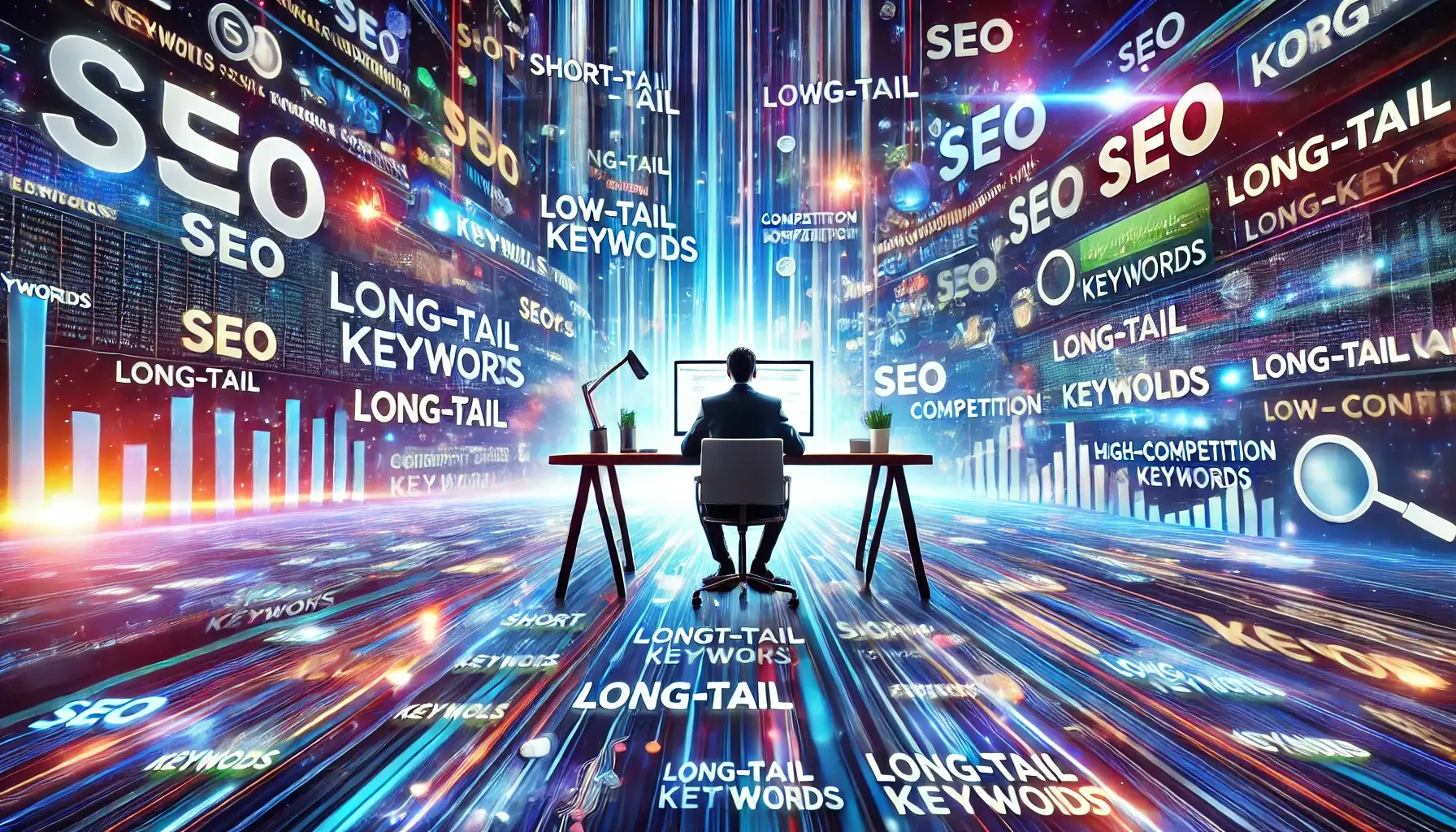
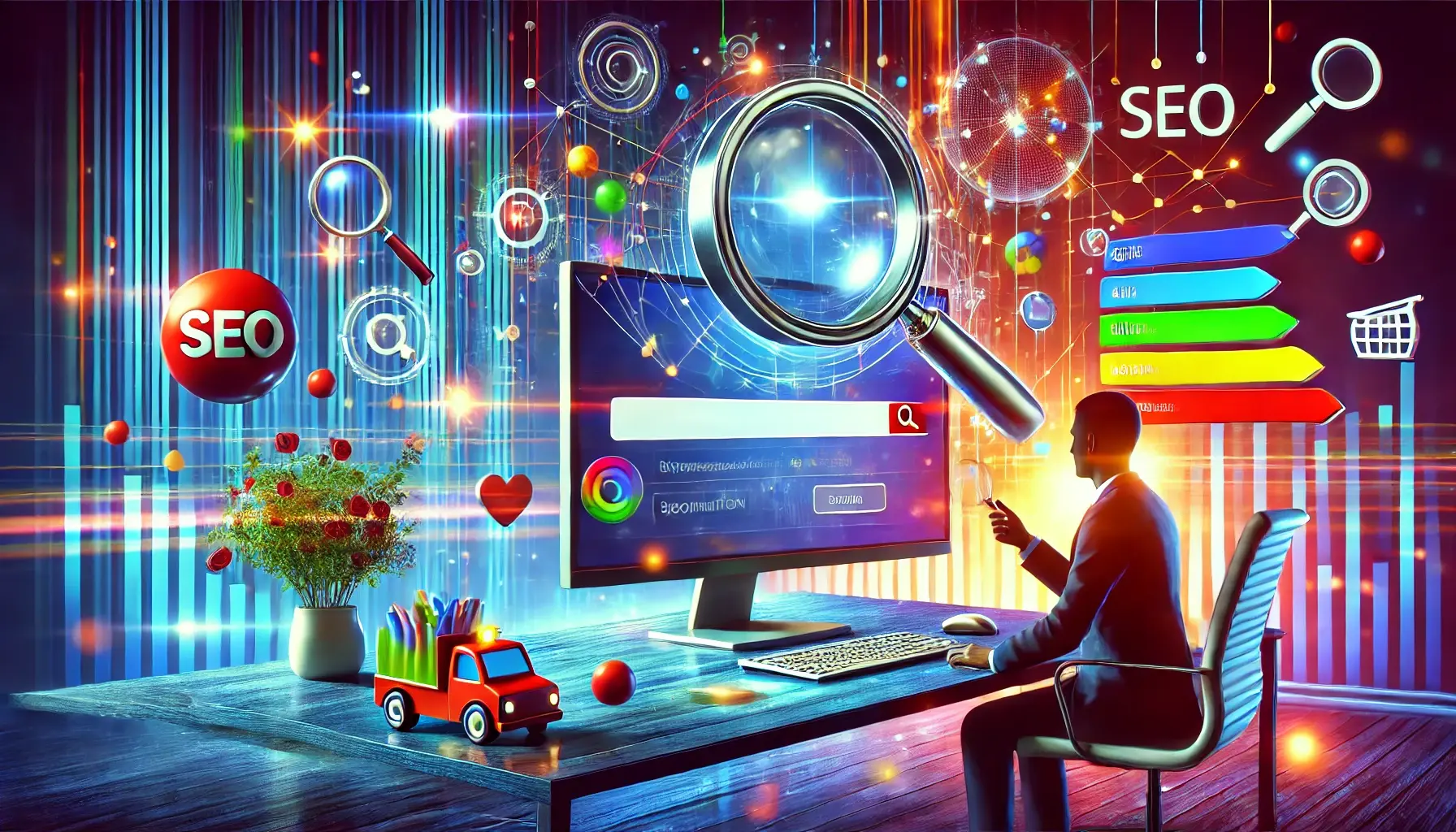
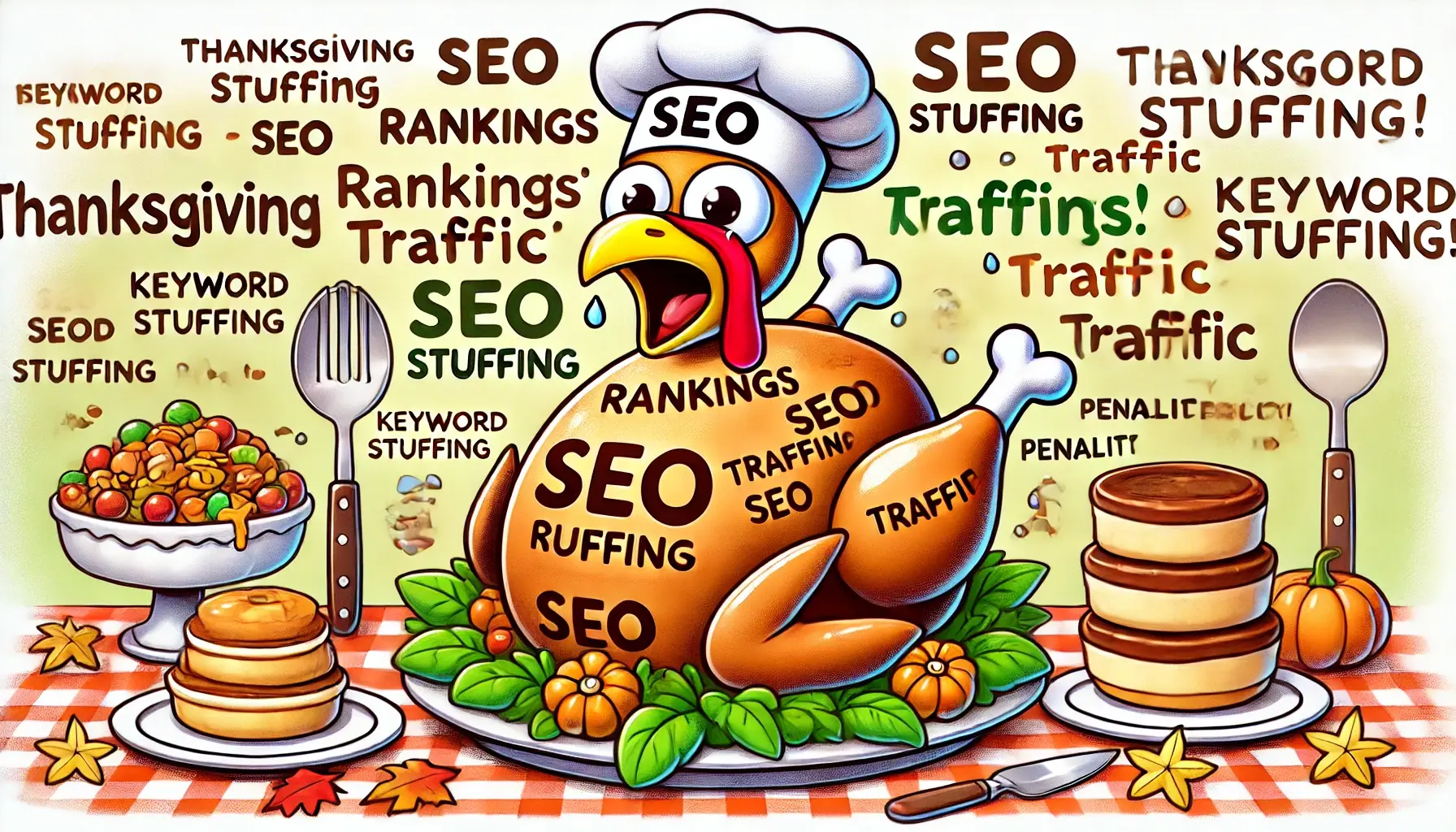
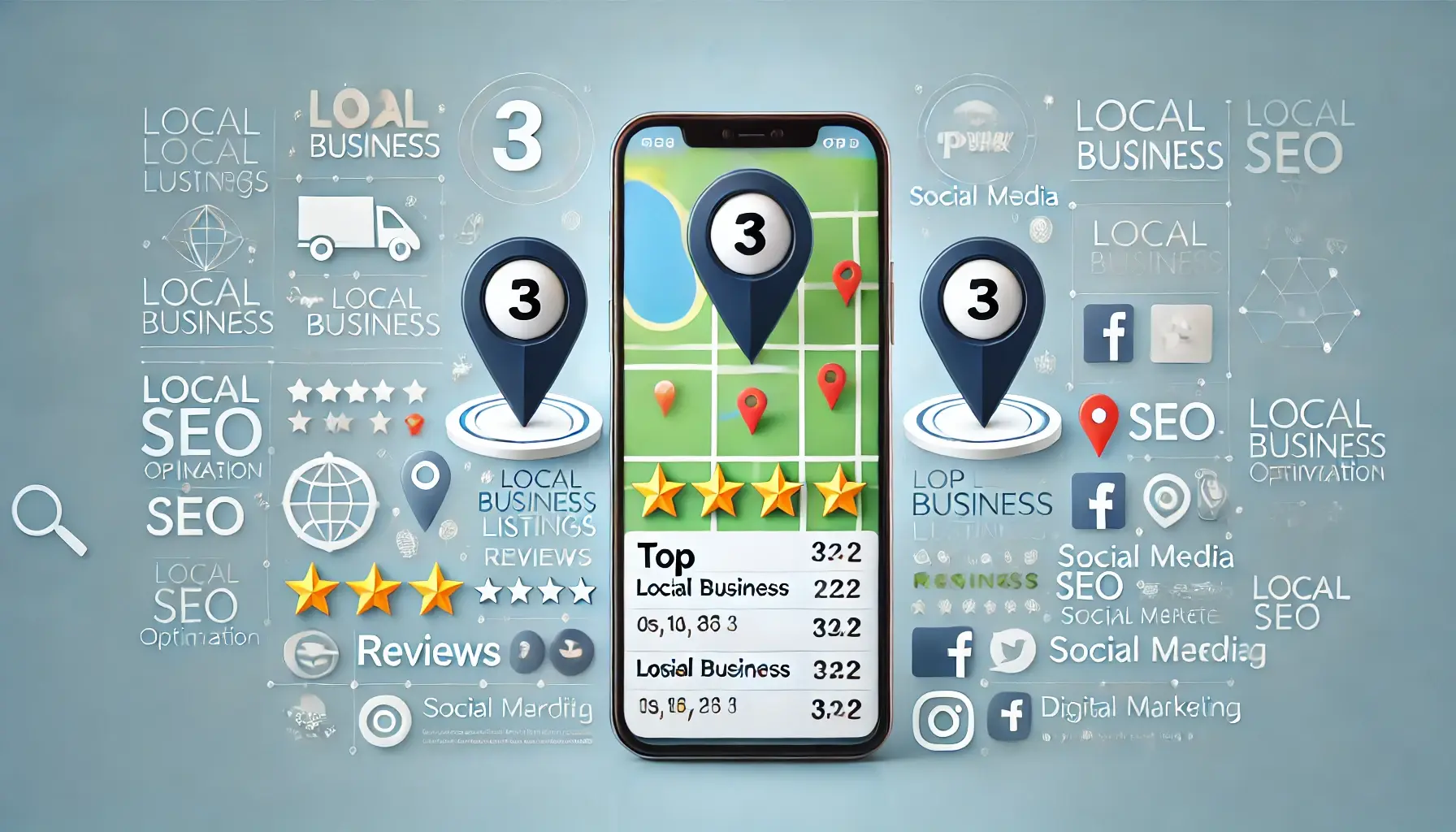
















5. Social Proof and the Bandwagon Effect
Why Sheep Aren’t the Only Ones Who Follow the Herd
Have you ever bought something because everyone else was doing it? You're not alone; in fact, you're scientifically predictable.
The Science Part:
The social proof theory posits that people copy the actions of others in an attempt to reflect correct behavior. When in doubt, your brain says, "Follow the crowd; they probably know where the ice cream is."